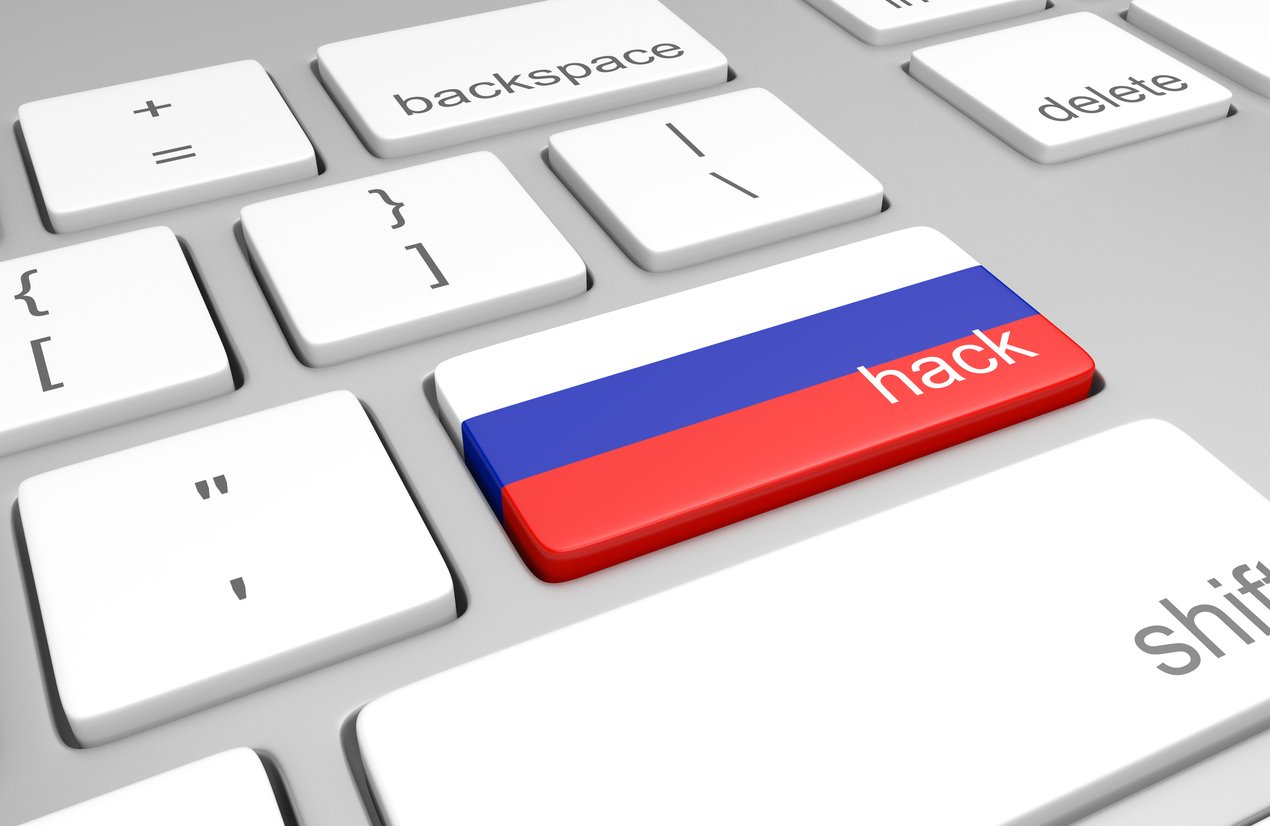Phishing attacks originating from Russia have increased eight-fold, unearthed Avanan. The attacks started on February 27.
Diving into details
- Avanan analyzed more than two million customer email inboxes since February 16.
- On the 27th, the attacks increased by eight times as compared to the baseline volume.
- The normal number of phishing emails per 100,000 emails is 30 to 50. This campaign observed 400 emails per day.
- The attacks mostly aimed for credential harvesting to take control over the victims’ email accounts.
- The attacker mostly targeted manufacturing and international transportation and shipping companies across Europe and the U.S.
What’s unique?
The researchers found around five to seven clusters of activity, however, they couldn’t attribute it to any Russian government-sponsored group. They are still analyzing the attacks. The uniqueness of this attack does not lie in the method but in the magnitude. The researchers, furthermore, anticipate seeing new methods of bypassing Office 365 protections by employing sophisticated obfuscation tactics.
Russian-themed phishing attacks
- The Russian-Ukrainian war crisis has provided ample opportunities for small-time cybercriminals to craft their customized attack campaigns.
- They are sending phishing emails to Microsoft users, warning of Moscow-led hacking attempts. The subject line is “Microsoft account unusual sign-in activity.”
- The attacks are aiming to steal credentials and other personal details.
- While the attack is not particularly sophisticated, it is preying on the fear of targets as a social engineering tactic.
The bottom line
Phishing has become a greater threat than ever; however, by now, everybody knows not to click on sketchy emails. The key to preventing oneself from becoming a victim of such attacks is to always remain on guard and implement basic security hygiene.

Publisher









/https://cyware-ent.s3.amazonaws.com/image_bank/shutterstock_234954166.jpg)
/https://cyware-ent.s3.amazonaws.com/image_bank/700f_shutterstock_2116718237.jpg)
